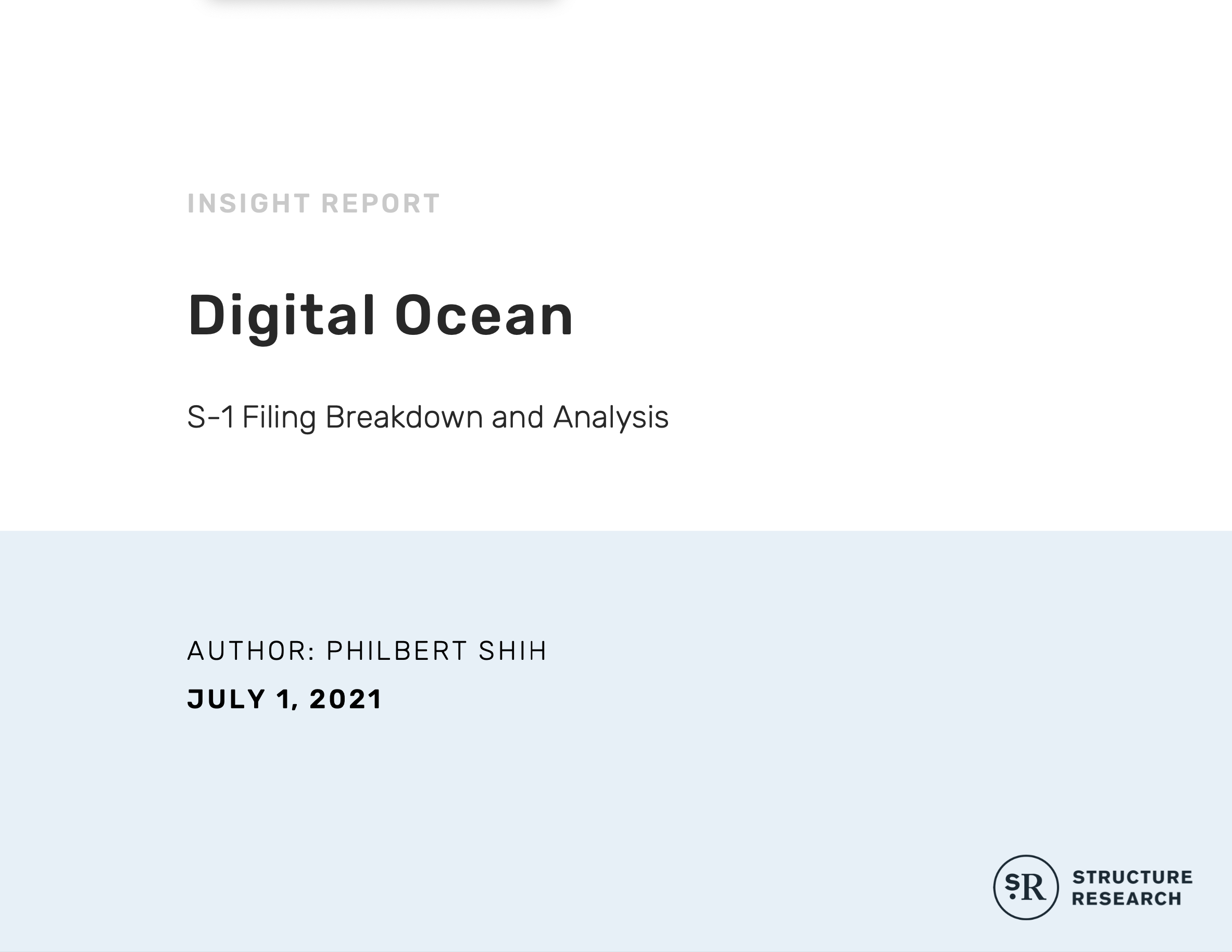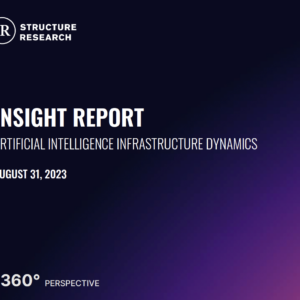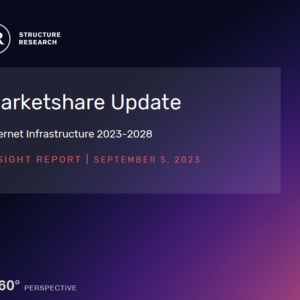Description
Digital Ocean’s entry to the public markets brings a unique entity from the Internet infrastructure ecosystem that has no obvious comparable. Digital Ocean is a very different business from Rackspace, which is built on managed services, and does not operate at the scale and velocity of an AWS, Azure or Google Cloud. GoDaddy is probably the closest comparable and has overlap in terms of target customers, but it is mostly about serving basic web presence and online and marketing services, whereas Digital Ocean leans more to the raw cloud infrastructure side and developer tools.
But it is Digital Ocean’s differences that are instructive and reveal some of the defining characteristics of the infrastructure services sector. First and foremost, Digital Ocean is rock solid evidence that the idea of a one-size-fits-all platform simply does not exist. There are many different types of end users and they all have varying requirements, preferences and buying habits that inform their infrastructure choices. They are not all headed in one direction. To say the world is just going to all end up on the public cloud is to ignore this cogent reality. There are going to be longstanding and permanent alternatives to public cloud and Digital Ocean and its immediate rivals in the hosting and cloud space are living proof.
The Digital Ocean story is in some ways an unexpected one. It grew out of a traditional hosting operation and hit its stride at a time when public cloud began to take off. Digital Ocean found success by staying true to its roots and not trying to compete head on with the likes of AWS. It focused on what made it different and by extension, a better fit for a certain customer demographic. This served the business well and over the course of a decade, the business grew steadily and still shows no signs of slowing down.
There will continue to be skeptics and that is the basis of the fundamental question facing Digital Ocean. Can it continue to grow amid the rise of public cloud? Is the market opportunity big enough to sustain another phase of growth and can this model — a SMB friendly alternative to public cloud — prevail as scale and scope push the public cloud platforms to unprecedented new heights?
Some clues to these questions can be found with the transparency that comes with being a public company. This report takes a closer look at the state of the Digital Ocean business through an analysis of its recent S-1 filing and the first quarterly results — 1Q21 — it reported as a newly minted public company. There are answers to these questions to be found. The numbers show a business that is steadily growing and still has plenty of upside to tap into if it can execute on what is a well-conceived plan. The underlying directional trends are encouraging. Not only is revenue growing, but the operational foundation is on solid footing and gaining momentum. Scale has allowed CapEx and sales and marketing to decline as a percentage of its total overhead and EBITDA growth validates this progress. At the end of the day, Digital Ocean’s future will be determined by the fundamental common denominator that drives infrastructure services businesses: scale. Scale — for SMB hosters, Digital Ocean, Rackspace and data centre operators like Equinix and Digital Realty — drives both the top and bottom lines. As growth is amassed, the underlying economics become more efficient and this drives margin and ultimately, cash flow. This cash flow is then invested in more initiatives — whether sales, marketing or product innovation — that drive more growth. The virtuous cycle that drives the public cloud is the basis for growth across the entire Internet infrastructure ecosystem. It applies to Digital Ocean even if it does not own hyperscale status and putting this cycle in motion will be about execution and innovation that is within its reach.






